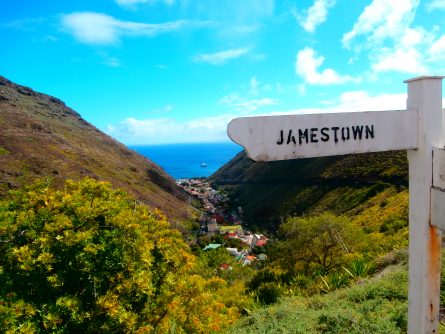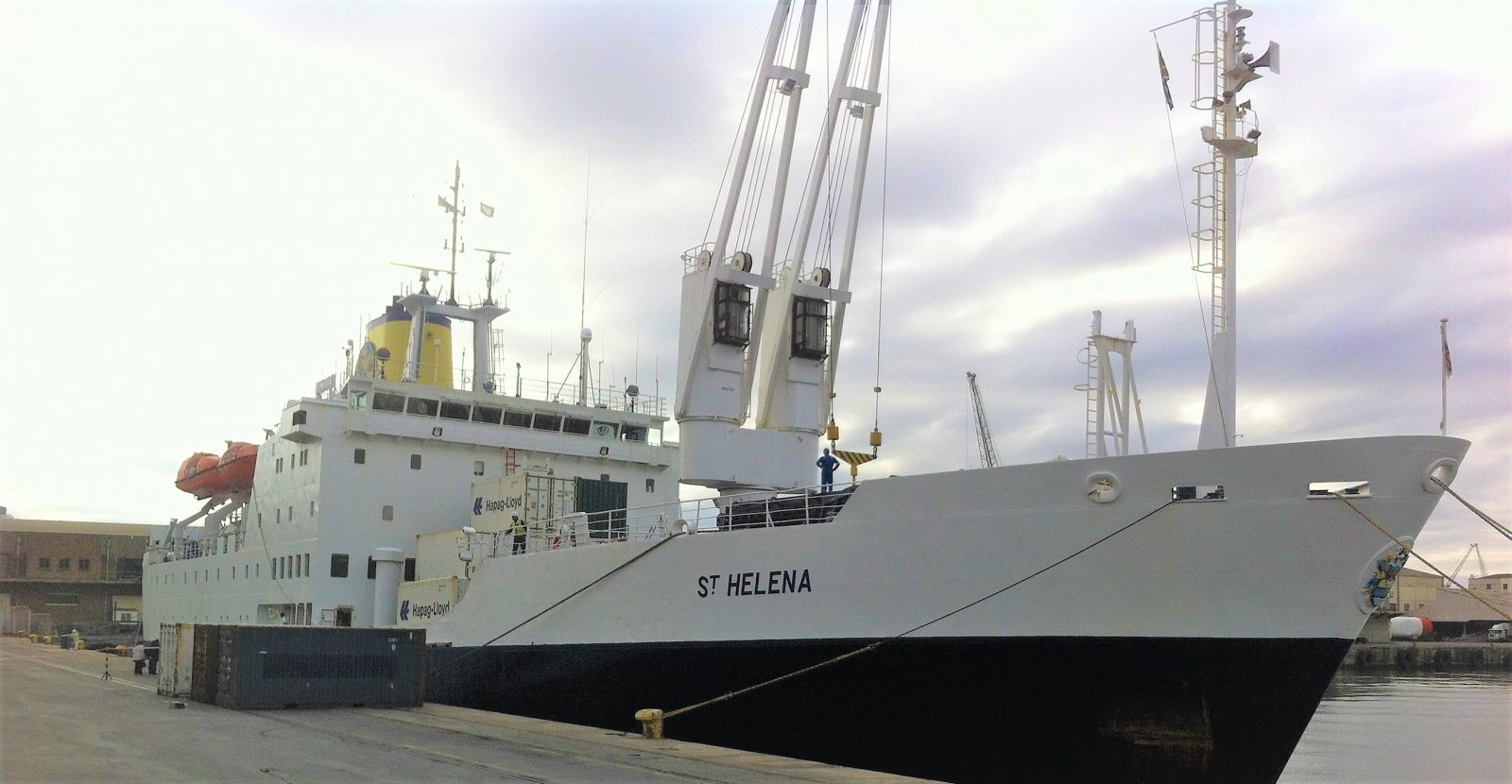St Helena – The Future
The Future of St Helena

Here is where I engage is some crystal-ball gazing, allow myself to snatch snippets of conversation that float aimlessly through the air, reinterpret other conversations and simply draw conclusions from my long, dull and probably erroneous history. In all, my comments may be considered flippant, may prove to be well off the mark, but there again, what else can one expect from a subjective report from a brief visit to St. Helena?
It is clear that the island community of St. Helena is neither going to be abandoned nor allowed to relentlessly decline. It is, after all, home to some 4,000 souls whose lives are dedicated to the island, and in combination with the British citizenship that allows some period of work in the United Kingdom, fosters an economy of sorts and an identity that is strong.
It is, however, in need of significant realignment.
Potentially, there is a major problem from a housing imbalance driven by the economic growth; the local economy, and quite possibly the relative productivity that reinforces salaries of only £4,000 per annum, will not be able to stand up to an onslaught of incomers’ and expatriate’s salaries in the competition for housing.
Quite simply, and this pressure already starting, the likelihood is that two parallel economies will evolve, and it is the responsibility of the local council and DFID to put in place structures that will allow these two groups to co-exist. Without protection, relative prosperity will diverge fast and the delicate social and economic balance so vital for the success of an island community will break down.
There is, of course, a very obvious example, and that is from Guernsey; this island of global-bankers living side by side with local tradespeople works in significant part because they have a system of property ownership divided into “local” and “open”.
This system allows property to be available in both the global market and for local residents. St. Helena must surely be looking at this issue, and the sooner that structures are put in place the easier the transition to an “airport economy” will be.
I really can’t believe that anybody really thinks that the UK government is spending hundreds of millions of pounds in order to foster visitor numbers.
While it is abundantly clear that air service will allow the increase of tourism to a significant degree, the project has to be underpinned by knowledge of or and expectation of military involvement. Remote regions throughout the world have relied on military budgets, the only really massive streams of money that are spent on irrational infrastructure (see Adak), and I don’t see St. Helena being any different.
As Ascension appears to come further under the spell of the American’s, or one or two of their more esoteric departments, and head closer to the isolation now enjoyed by Diego Garcia, it is plausible that the UK government is looking to St. Helena to be a base for the GCHQ interests in the South Atlantic. They would at least bring a really zippy internet connection.
It would, in my opinion, be an interesting future. With a number of well-paying jobs focused on eavesdropping, an airbase from which Britain’s, and most likely Europe’s interests in the mineral and strategic virtues of the South Atlantic may be pursued, St. Helena may be reliably well-placed for the future.
With such a base in place, and air service assured, a tourist industry can well develop. Military operations are considerably more discreet than in the past, and it is likely that a small and highly technical group will create no blight on the landscape of this indescribably beautiful island.
Tourists will love St. Helena; my previous posts have indicated a few of the highlights that I see, but with air access, the number of visitors will increase substantially.
The local industry will keep working to synchronise their operational and marketing plans, new opportunities will be identified and filled, the accommodation sector will be rationalised and expanded and other businesses that live symbiotically with tourism will emerge.

At the same time, an air route’s opportunity to export fresh produce will surely be the catalyst required to develop a series of “St. Helena Branded” speciality cheeses, soaps, fragrances, fruits, flowers and many other products that require speedy and reliable access to market.
These are frothy times, indeed.
Life will change, but with planning and local input life will evolve; the two groups involved in the island’s future will need to come to some agreements fast on protecting the dual-income nature of St. Helena, at least for a period of twenty-five to thirty years to allow local residents to catch up, and prevent the spoils of a five-hundred year cultural evolution being sold to the highest bidder.
The island is wonderful; I want to return and spend at least a month learning more about St. Helena, and perhaps filling some minor role in assisting the evolution of the tourism industry. One way or another, I hope to be a part of this magical island’s exciting future.
July 2014
